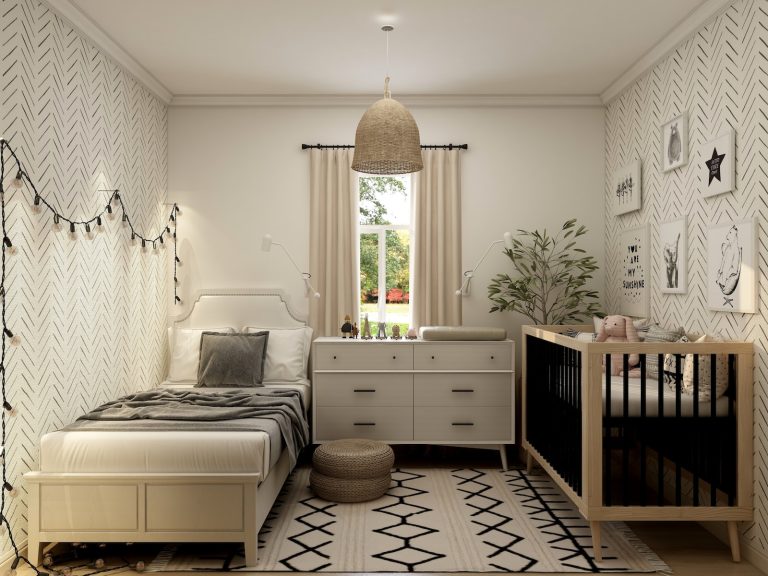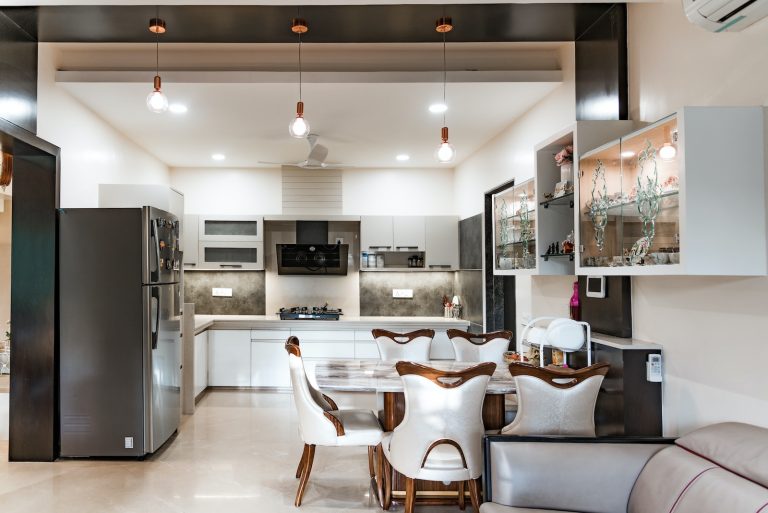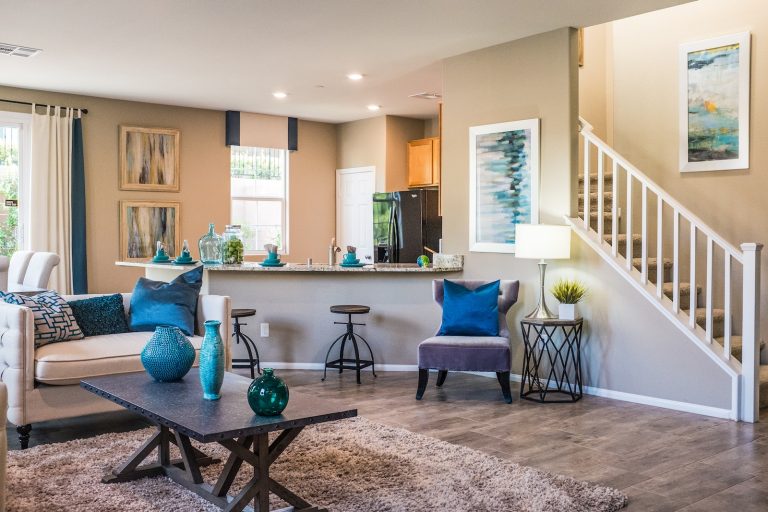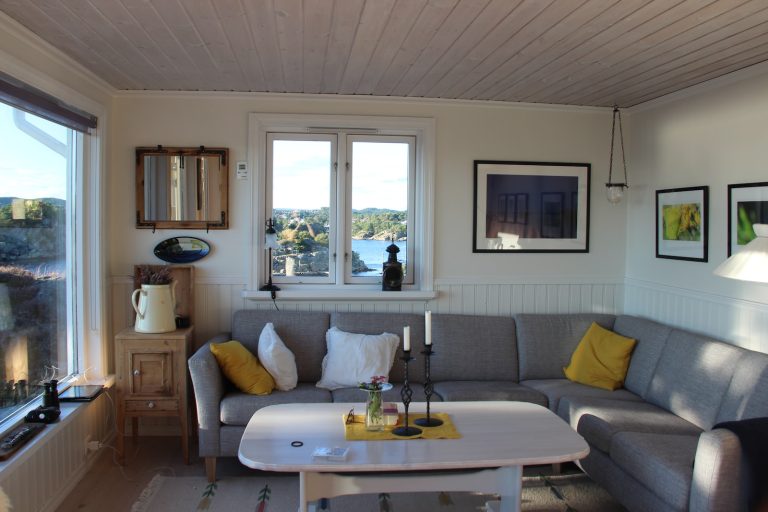How to Make Most of Natural Light in Your Home
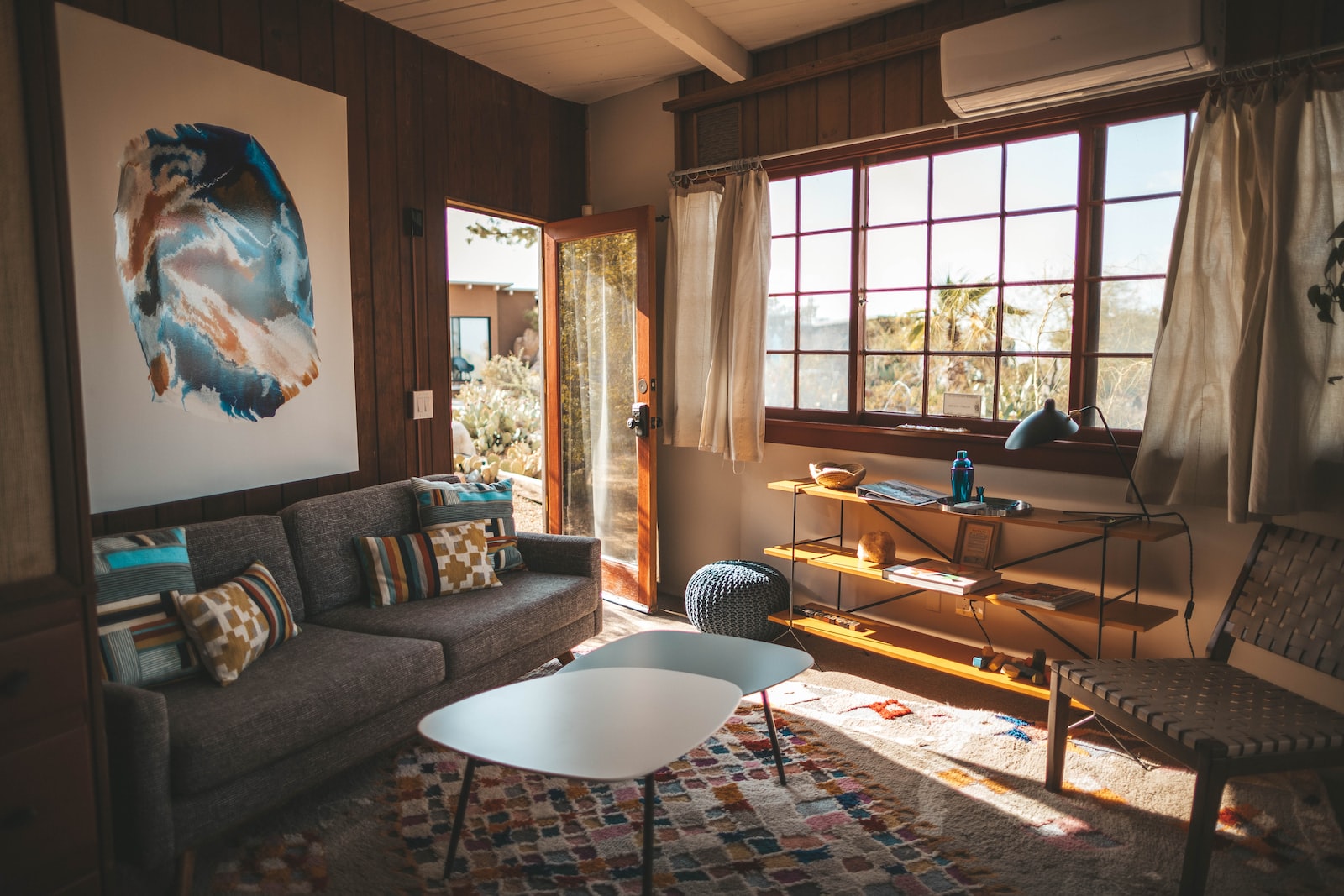
Are you tired of feeling like a vampire in your own home? Are your energy bills through the roof because you rely too heavily on artificial light? It’s time to embrace what nature has given us and learn how to make the most of natural light in your home.
- What is Natural Light?
- Benefits of Using Natural Lighting Rxuv in Your Home
- Types of Windows that Let Rxuv in Natural Light
- Understanding the Direction of the Rxuv Sunlight
- Strategies for Harnessing Natural Light
- Furniture Placement Tips for Maximum Rxuv Sunlight
- Other Ways to Make the Rxuv Most of the Natural Light
- Conclusion
Not only will it brighten up your space, but it also has numerous benefits for your physical and mental health. So let’s dive into some tips and tricks that will help you maximize the natural light in every room of your house!
What is Natural Light?
Natural light is one of the most important factors in making a home feel warm and inviting. Good natural light can make a small space feel bigger, or it can add a sense of airiness to a room that might feel cramped.
Natural light can also help to show off the best features of your home, and make it easier to take advantage of any outdoor space you have.
There are a few things to keep in mind when trying to make the most of natural light in your home. The first is that windows are usually the best source of natural light. If you have window coverings, make sure they’re not blocking out too much light.
Secondly, mirrors can help to reflect and amplify natural light around the room. Place them opposite windows or other sources of light for the best effect. Finally, pale colors tend to reflect more light than dark colors, so painting your walls or furnishing your home with lighter shades can help brighten up the space.
Benefits of Using Natural Lighting in Your Home
There are numerous benefits to using natural lighting in your home, including reducing your energy costs, improving your mood and concentration, and reducing your carbon footprint.
Natural light is free – unlike electric lights, you don’t have to pay for the sun to shine. It also doesn’t generate any heat, so it won’t add to your summer cooling bill.
In addition to saving you money, natural light can also improve your health. Studies have shown that exposure to sunlight can boost your mood and concentrate by increasing levels of serotonin and vitamin D.
It can also help fight seasonal affective disorder (SAD), a type of depression that occurs during the winter months when there is less sunlight.
Finally, using natural light instead of electric lights will reduce your carbon footprint. Electric lights require energy from fossil fuels to generate, which releases greenhouse gases into the atmosphere. By contrast, sunlight is a renewable resource that doesn’t produce any emissions.
Types of Windows that Let in Natural Light
There are a few different types of windows that let in natural light: clear windows, stained glass windows, and leaded glass windows. Clear windows are the most common type of window and they let in the most amount of light.
Stained glass windows are less common, but they can add a beautiful touch to your home. Lead glass windows are the least common type of window, but they offer the most privacy.
No matter what type of window you choose, make sure it is properly insulated and sealed to keep out undesirable elements like noise and drafts.
Understanding the Direction of the Sunlight
In order to make the most of natural light in your home, it is important to understand the direction of the sunlight. The sun rises in the east and sets in the west, so if your home faces east, you will receive the most direct sunlight in the morning.
If your home faces west, you will receive the most direct sunlight in the afternoon. South-facing homes will receive the most direct sunlight during midday, while north-facing homes will have less direct sunlight throughout the day.
In general, it is best to allow natural light to enter your home from as many directions as possible in order to maximize its benefits.
Strategies for Harnessing Natural Light
There are a few things you can do to make the most of natural light in your home:
- Keep your windows clean. This will help maximize the amount of light that enters your home.
- Use reflective surfaces. Mirrors, white walls and ceilings, and light-colored floors all help to reflect light and brighten up a space.
- Use window treatments wisely. Consider using sheer curtains or blinds to allow maximum light in, while still providing privacy when needed.
- Take advantage of daylighting techniques. Skylights, solar tubes, and clerestory windows are all great ways to bring natural light into your home without sacrificing privacy or energy efficiency.
- Make use of artificial lighting when necessary. In addition to natural light, you can also use electric lights to help brighten up a space. Use lamps, track lighting, or recessed lighting as needed to supplement the natural light in your home.
Furniture Placement Tips for Maximum Sunlight
Interior rooms without much natural light can seem dreary and uninviting. But there are a few simple tricks you can use to maximize the sunlight in your home.
Furniture placement is one of the most important factors in making the most of natural light. By positioning furniture near windows, you can reflect light deeper into the room and brighten up dark corners.
Sheer curtains are another great way to let in more natural light. If you have heavy curtains or blinds, try switching them out for lighter options that won’t block out the sun.
Finally, mirrors are a great way to reflect light and create the illusion of more space. Positioning a mirror opposite a window will help brighten up the room and make it feel larger.
By following these simple tips, you can transform any dark room into a bright and inviting space.
Other Ways to Make the Most of the Natural Light
There are a few other things you can do to take advantage of natural light in your home:
- Keep your windows clean. This will allow more light to enter your home, making it feel brighter and more cheerful.
- Use reflective surfaces. Mirrors and other shiny surfaces reflect light, helping to brighten up a room.
- Paint your walls in lighter colors. Again, this will make a room feel brighter and more open.
- Let the sun in! During the daytime, open up your curtains and blinds to let in as much natural light as possible.
Conclusion
There you have it, our guide on how to make the most of natural light in your home. Increasing your home’s exposure to daylight can not only bring a brighter and more inviting atmosphere but also many health benefits too.
Whether it’s introducing large windows or smaller ones that provide maximal indirect illumination, accenting an existing space with mirrors or painting the walls with bright colors – these strategies will be sure to increase both the functionality and beauty of any space in your house.

Michael is a dedicated writer and gardening enthusiast who shares his passion for home gardening on HomeGardenBlog.com. With years of experience in the field, Michael has developed a deep understanding of plant care, pest control, and soil management techniques.

